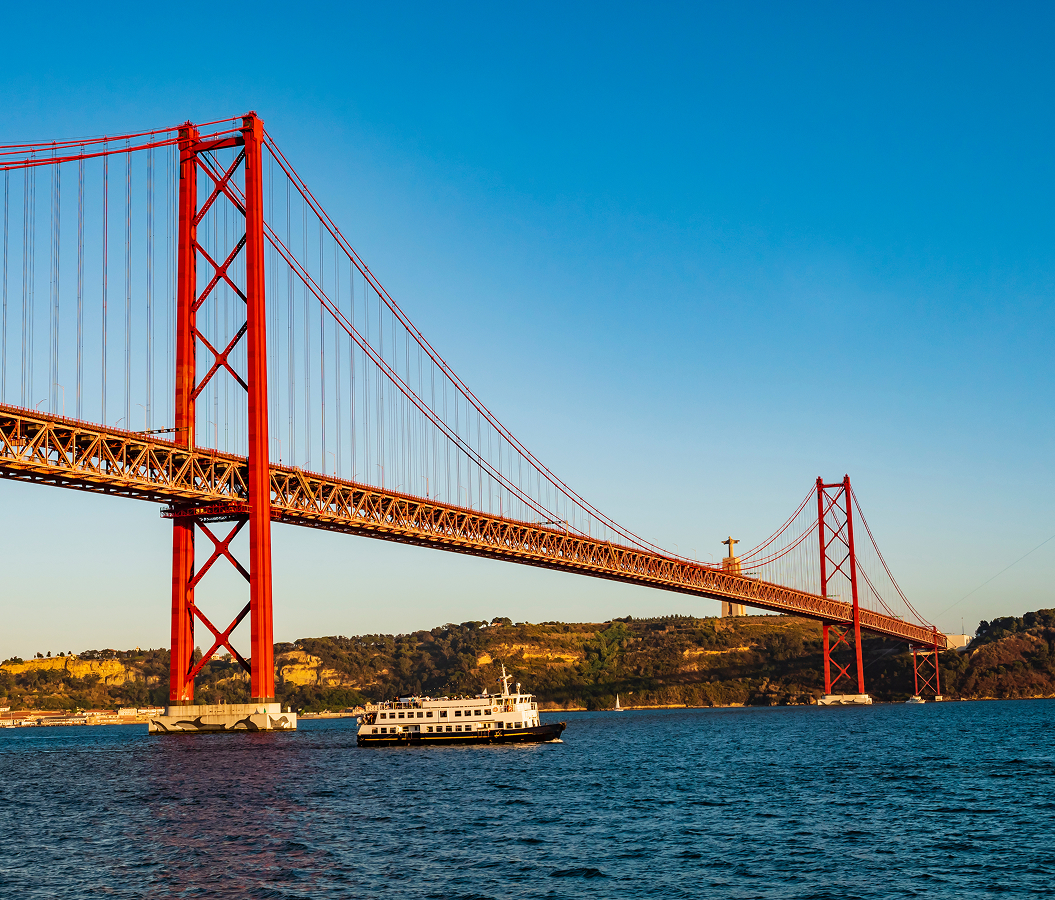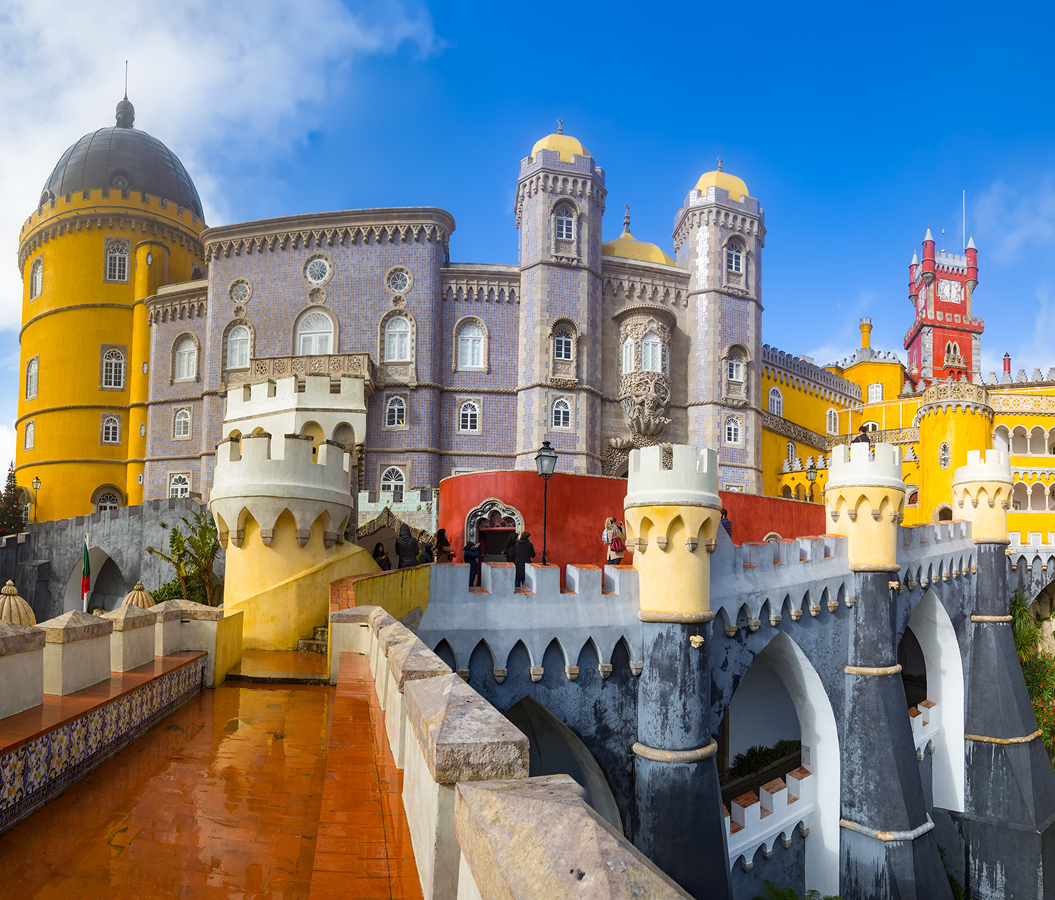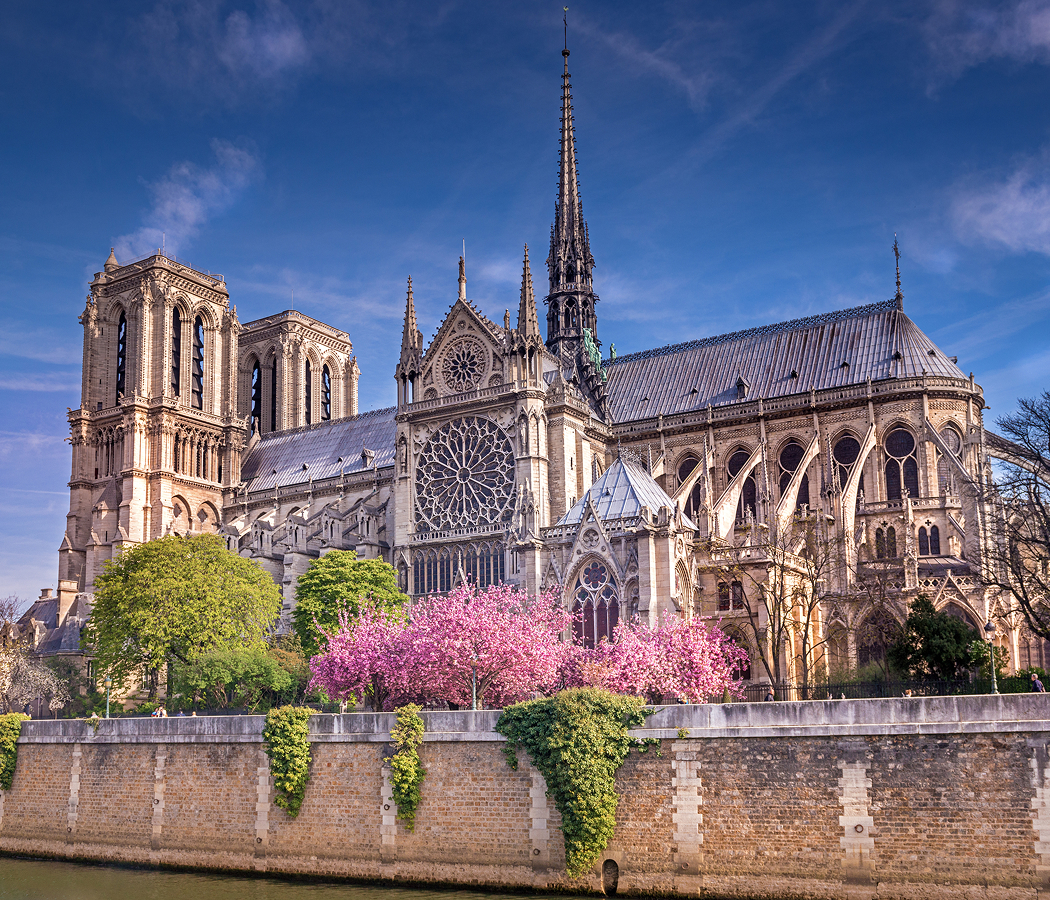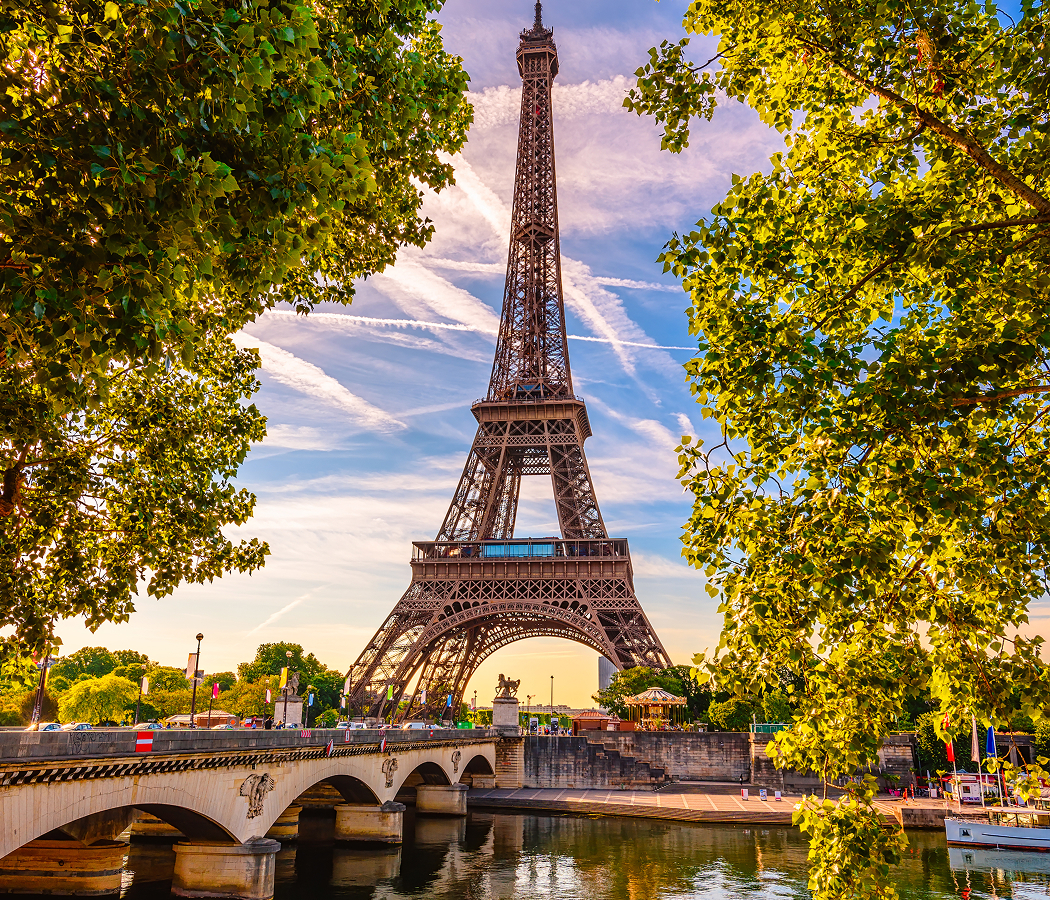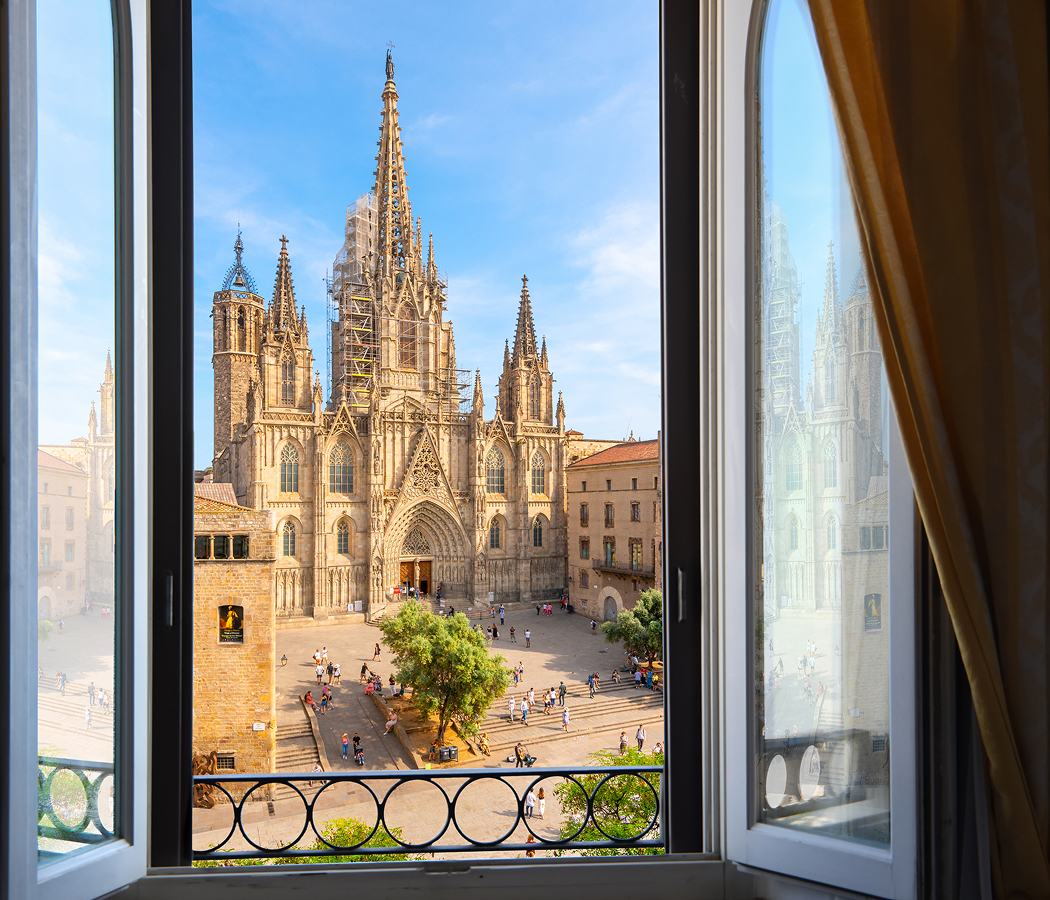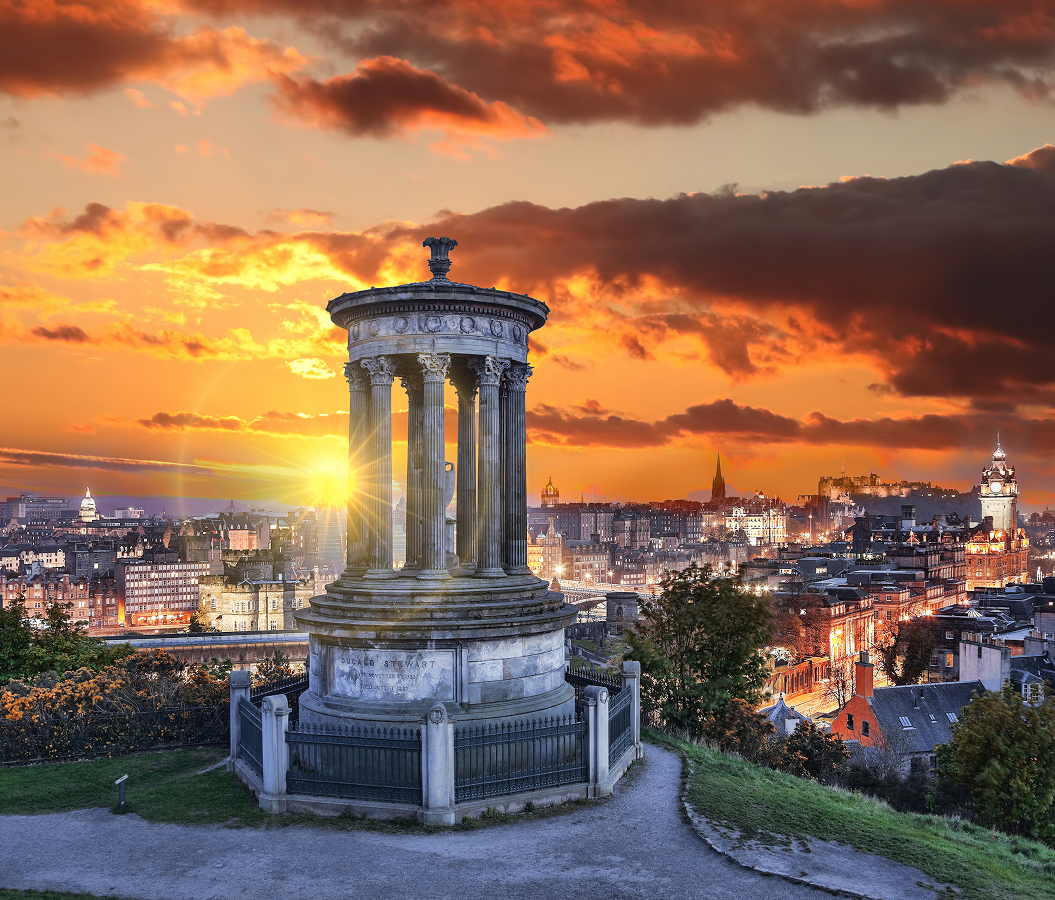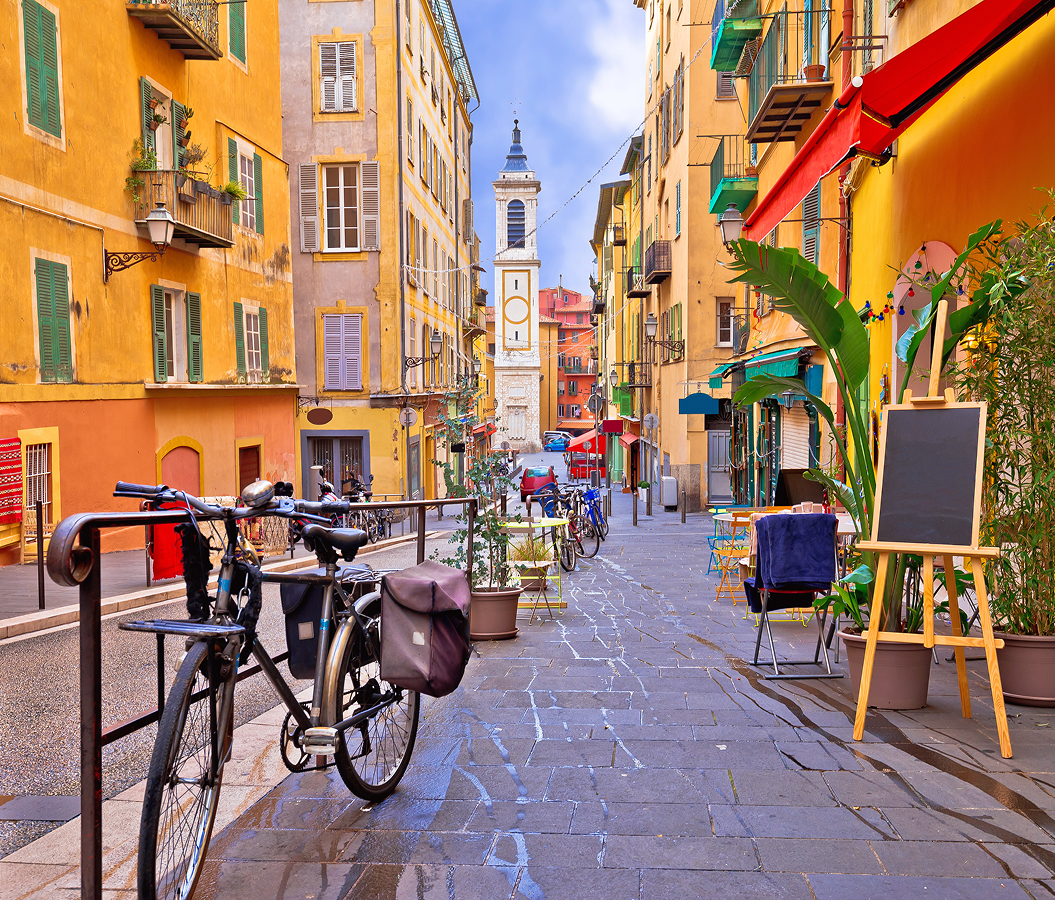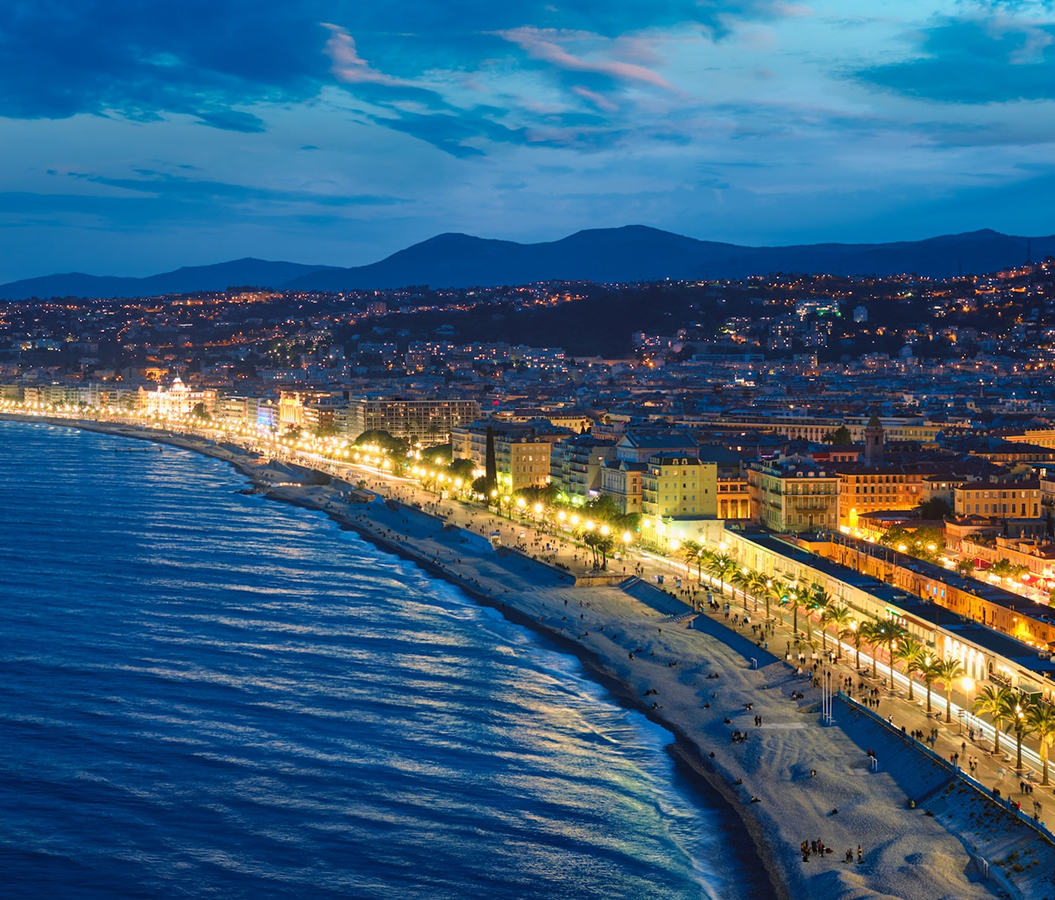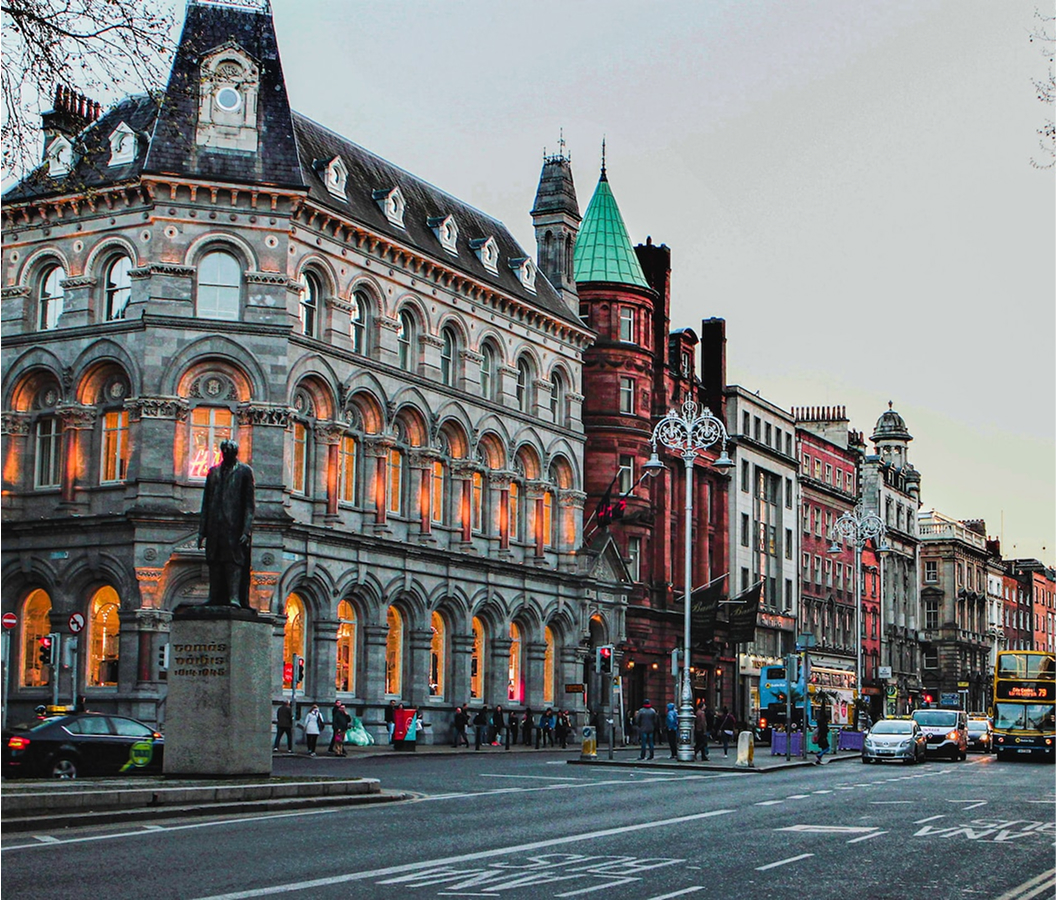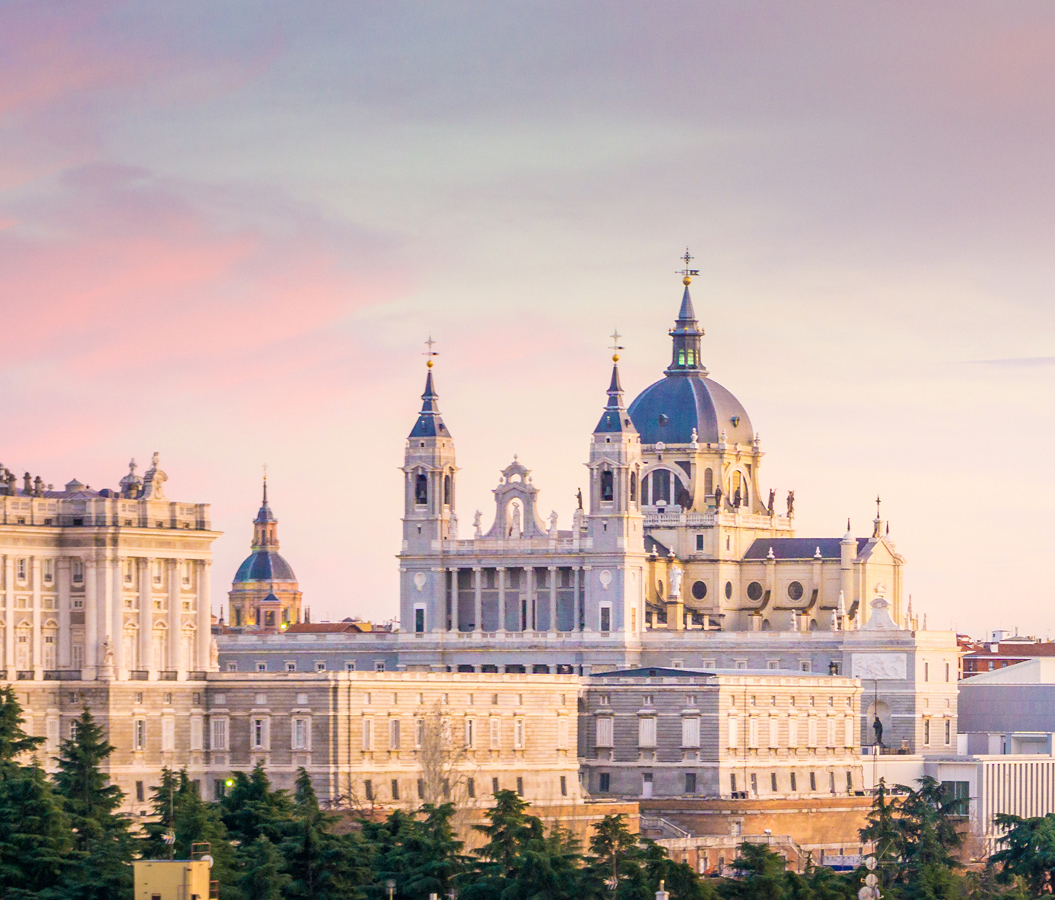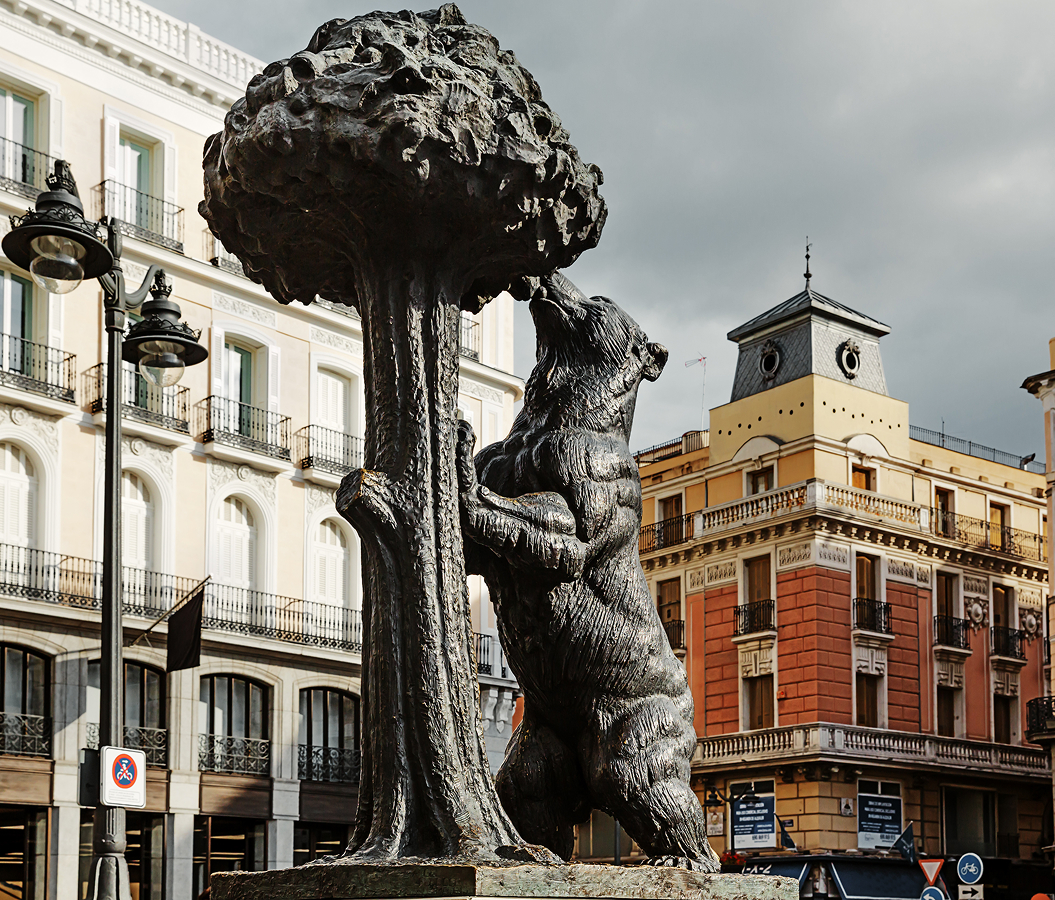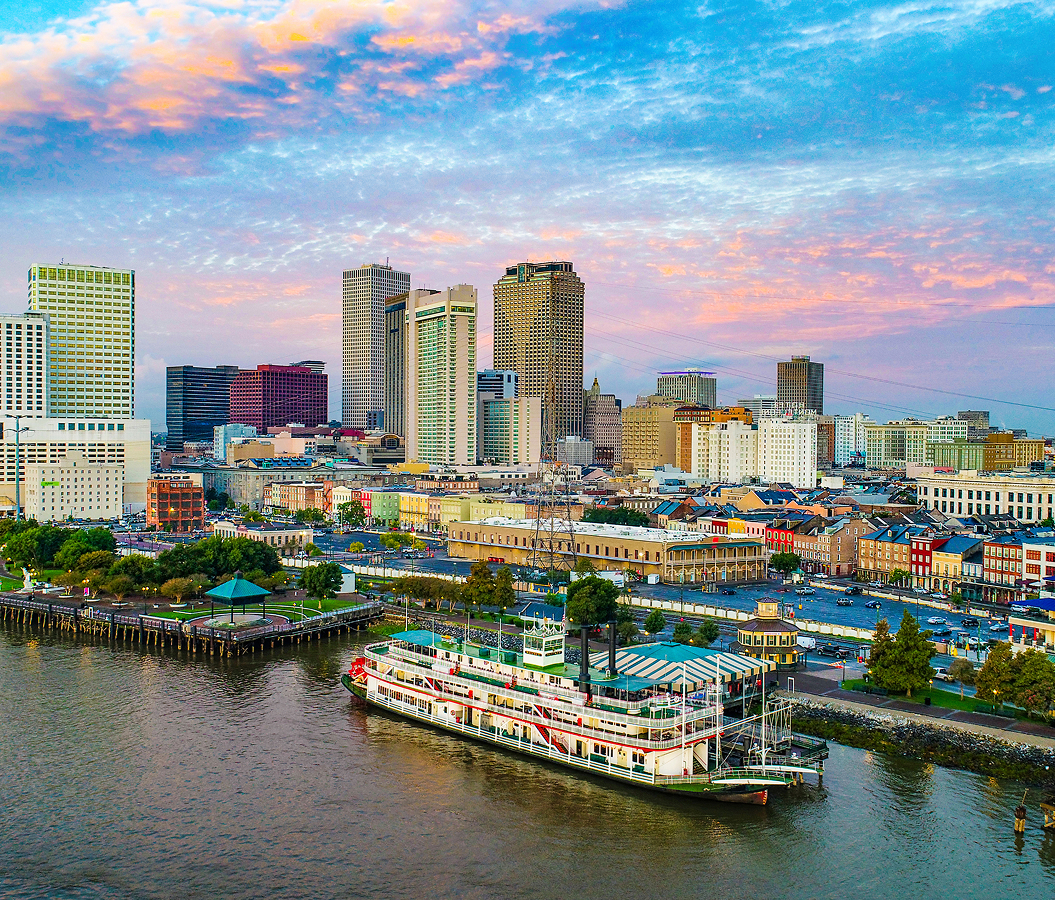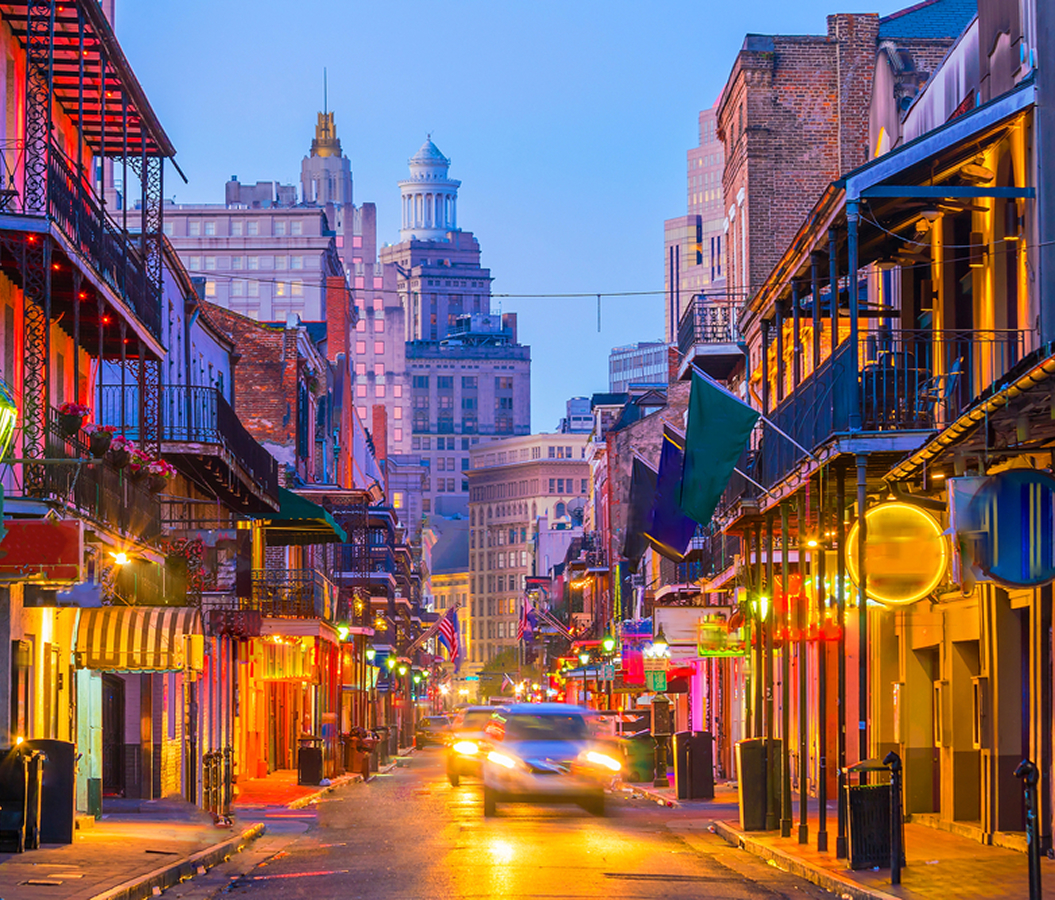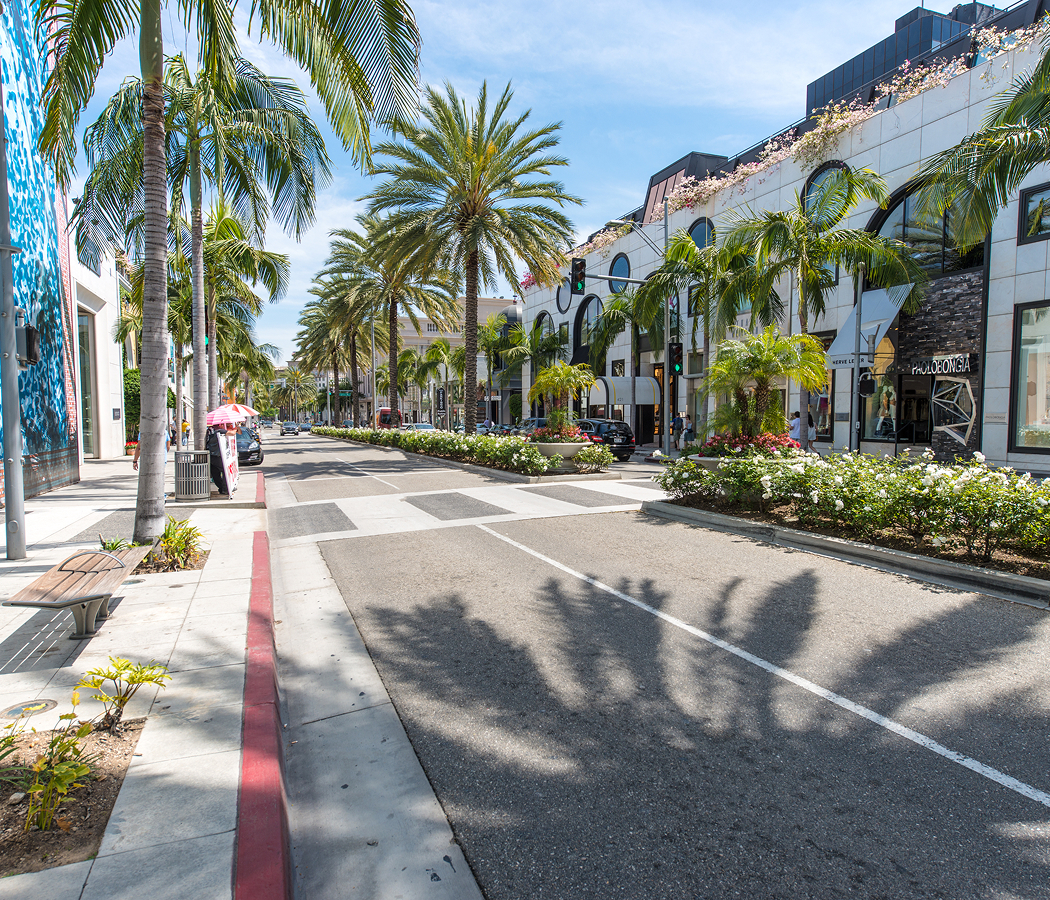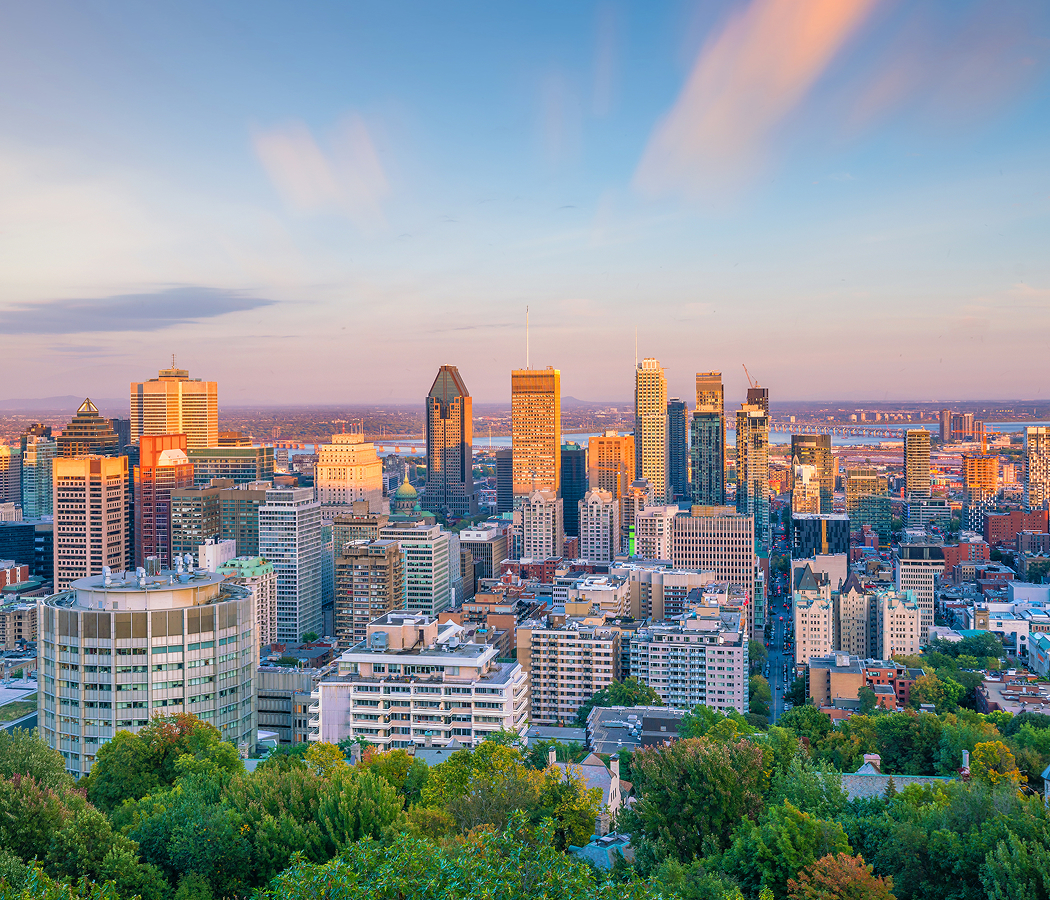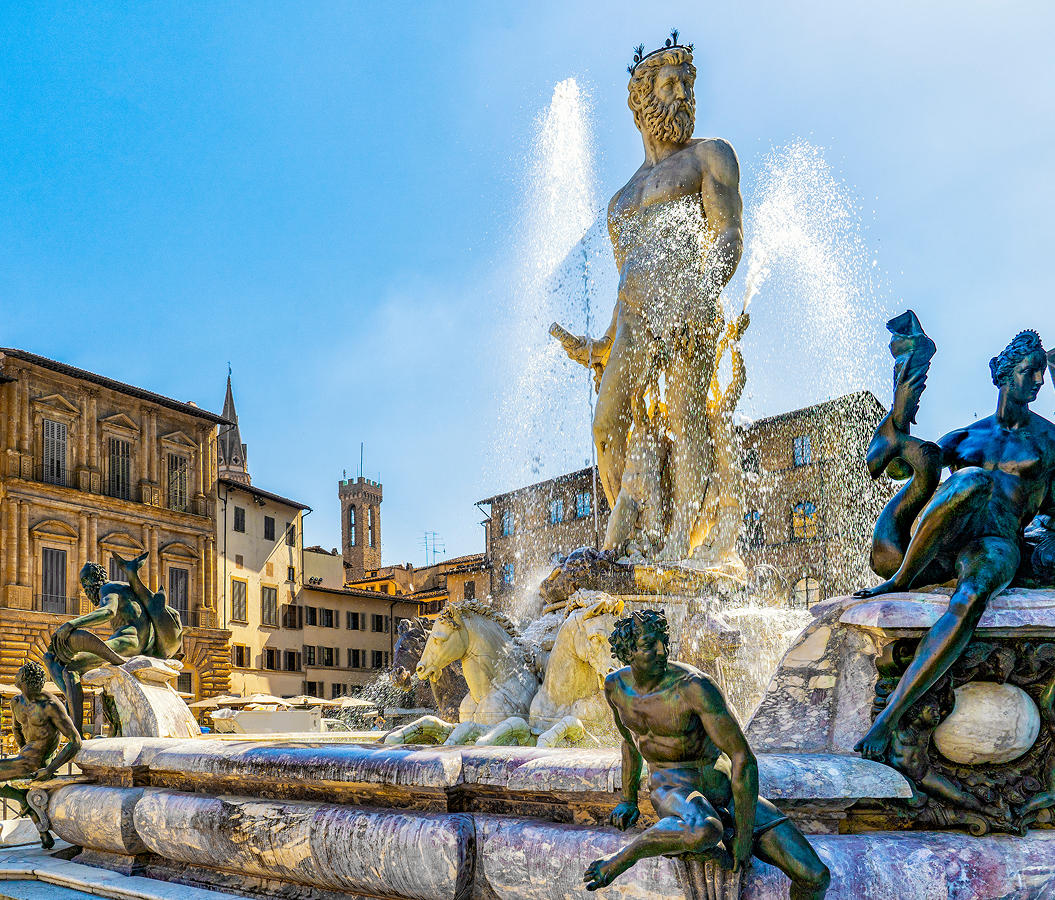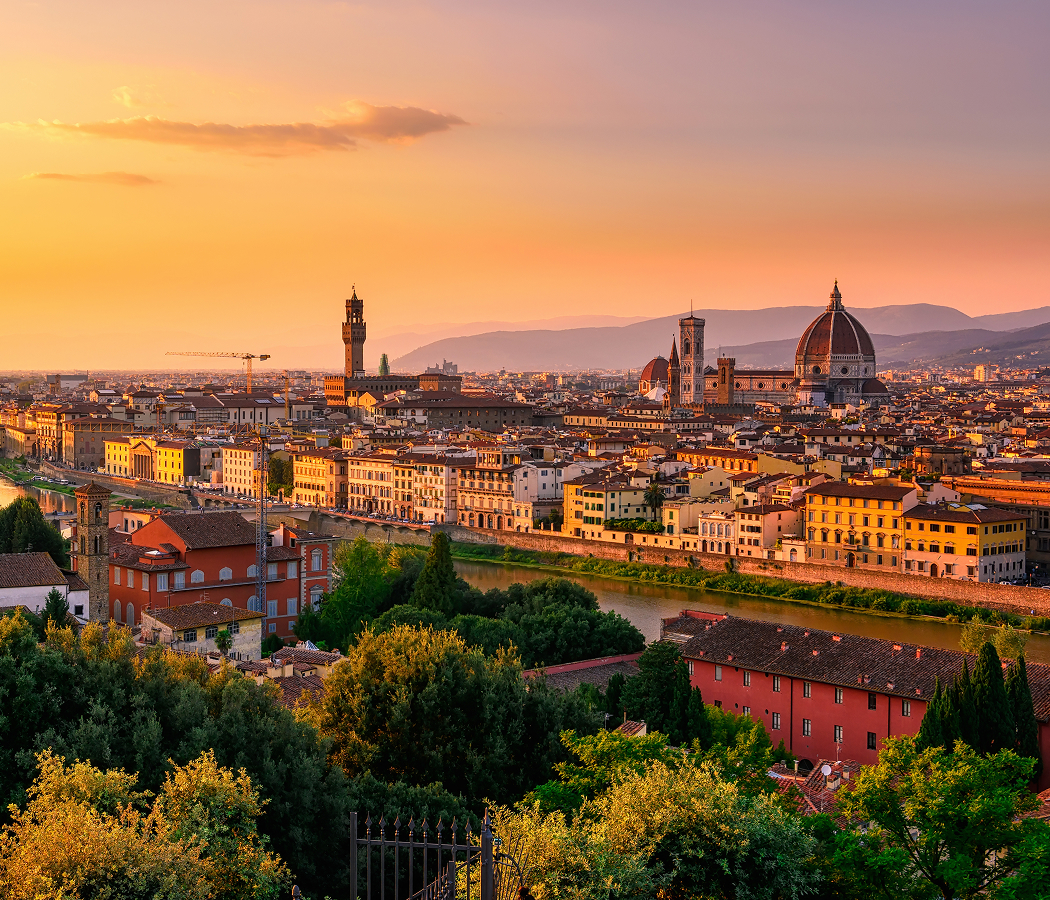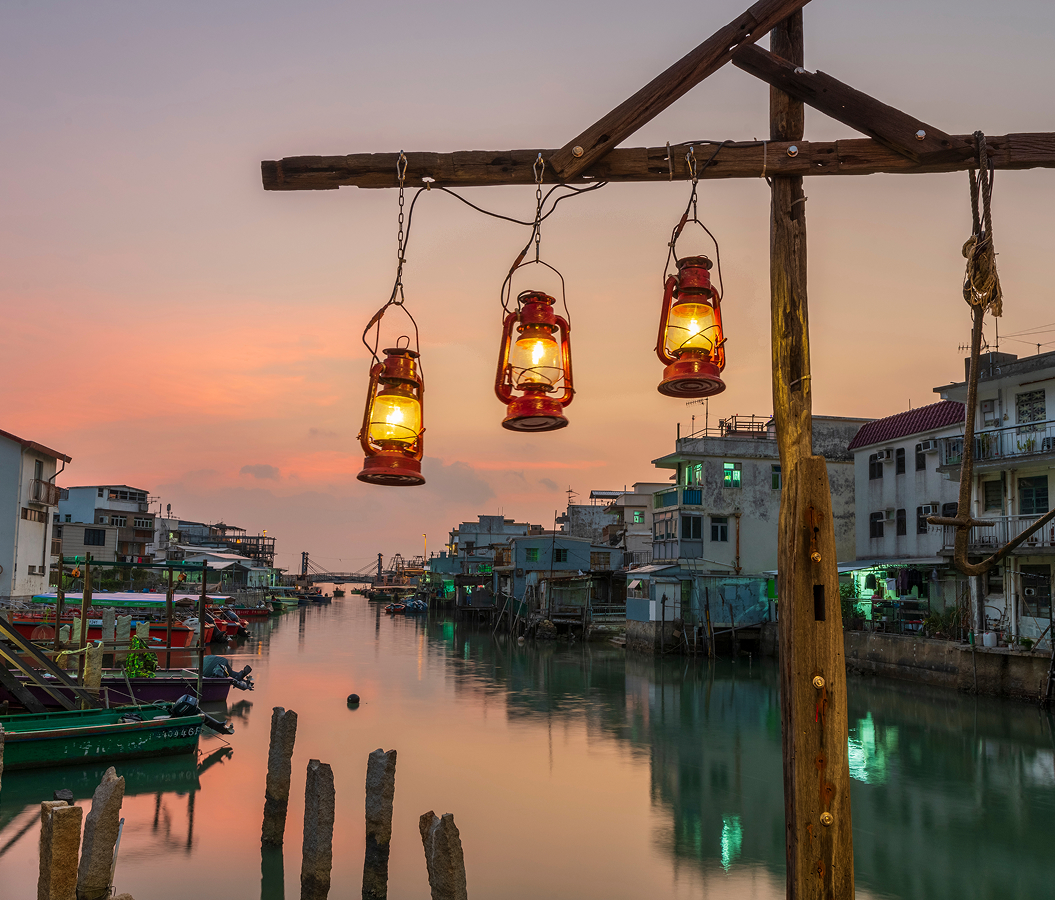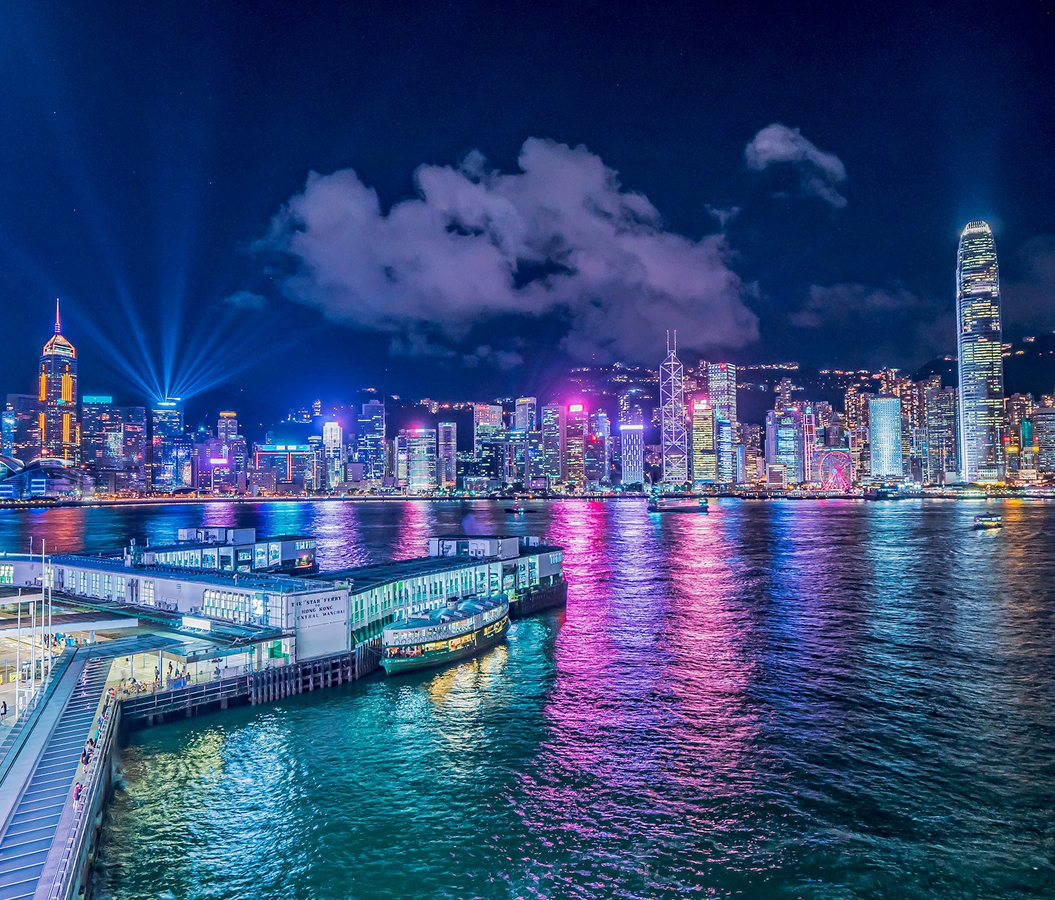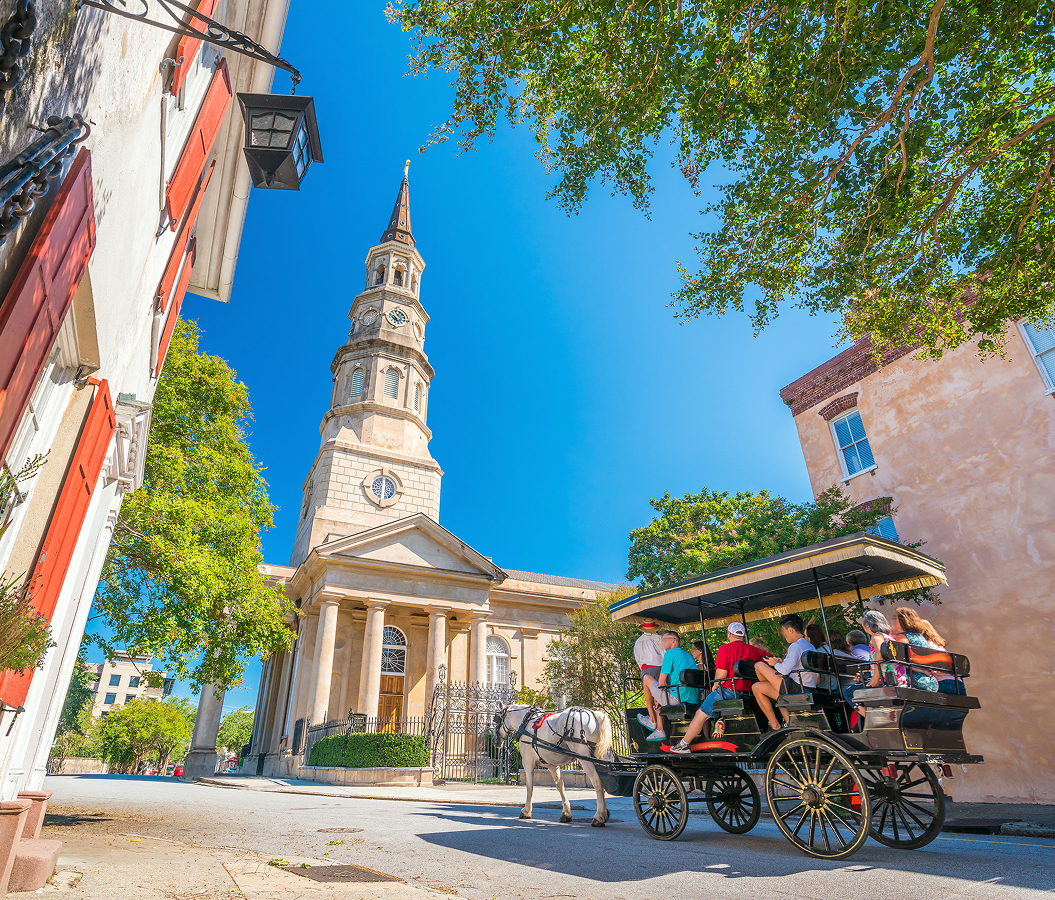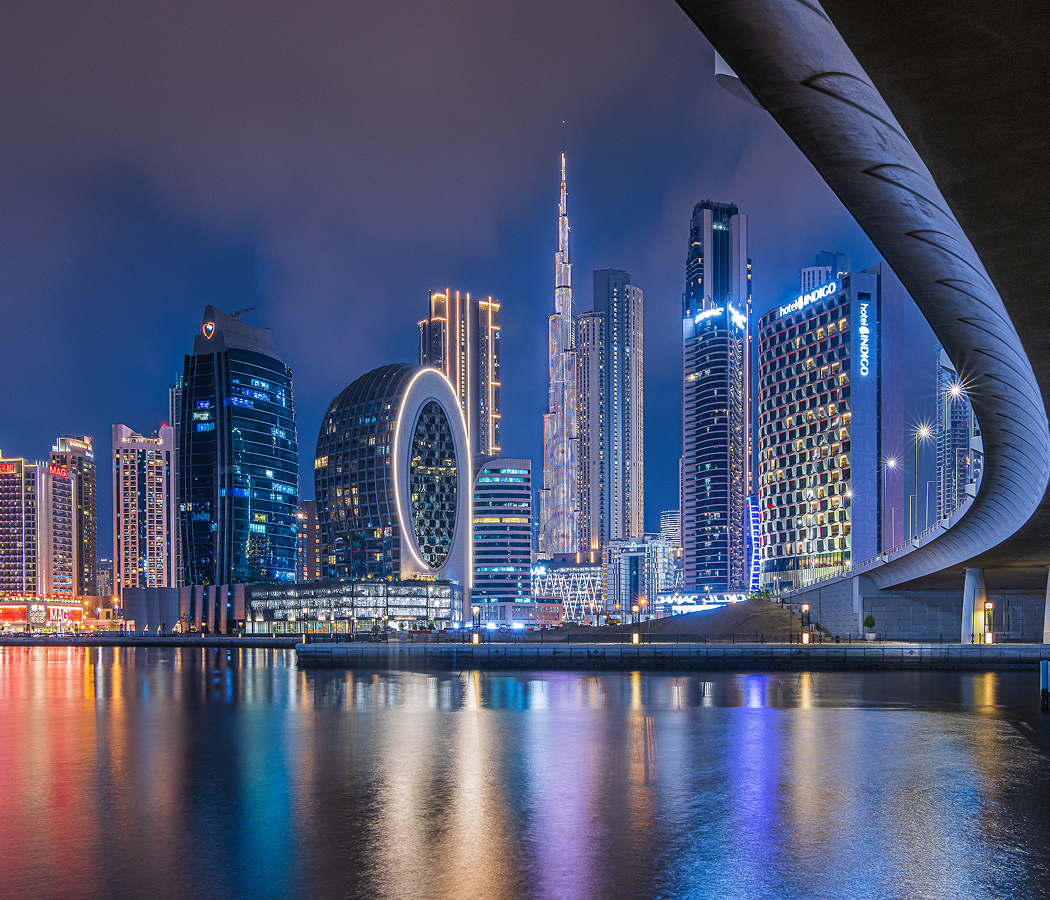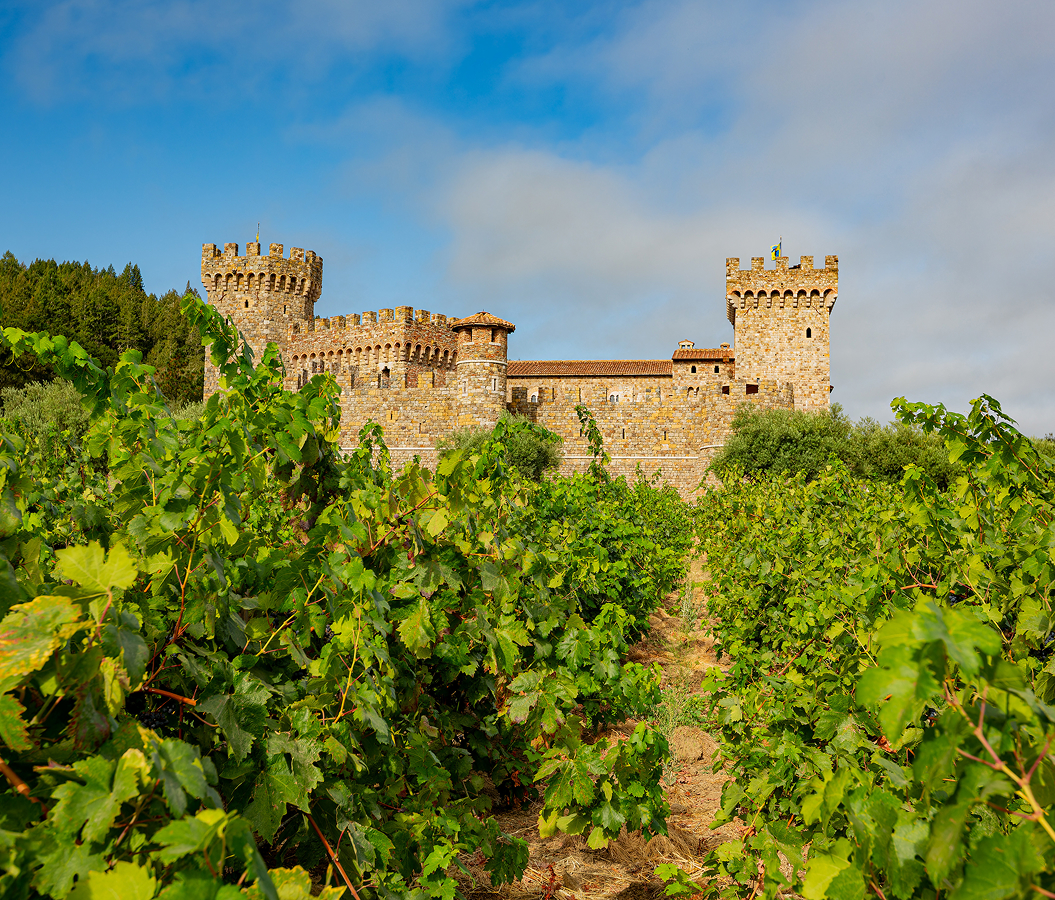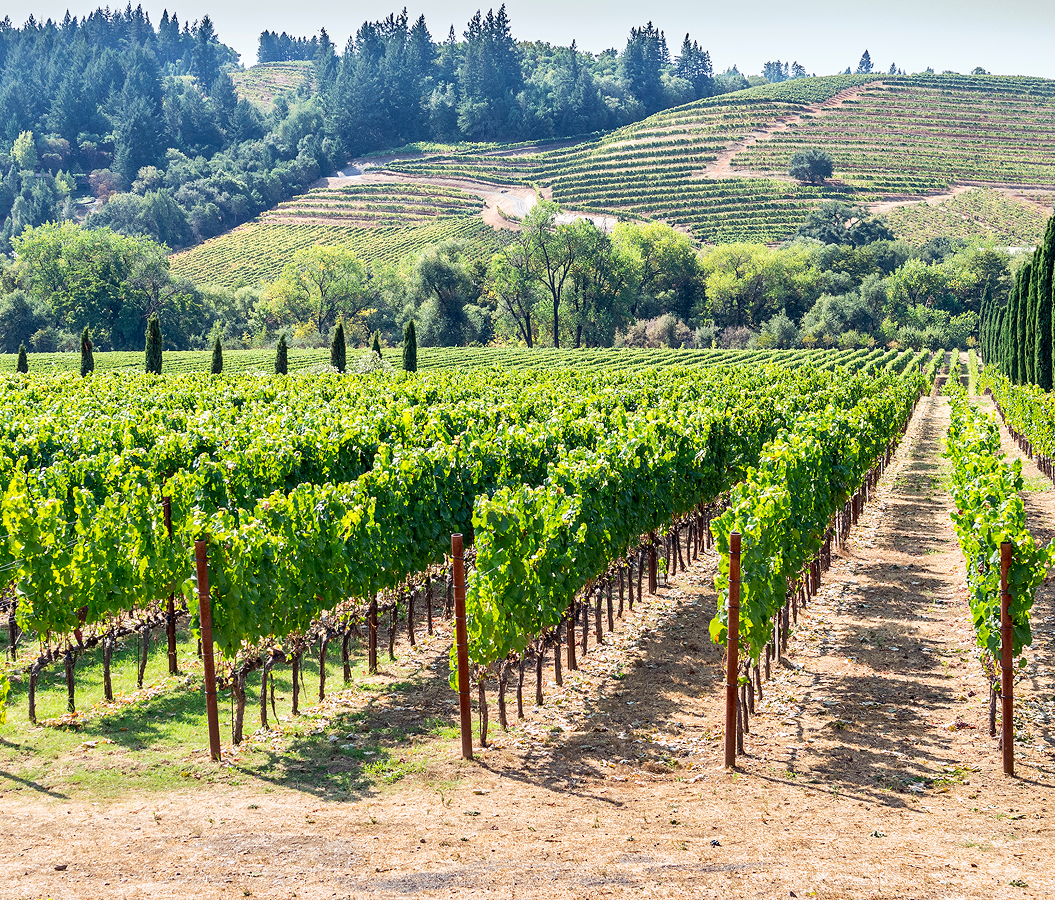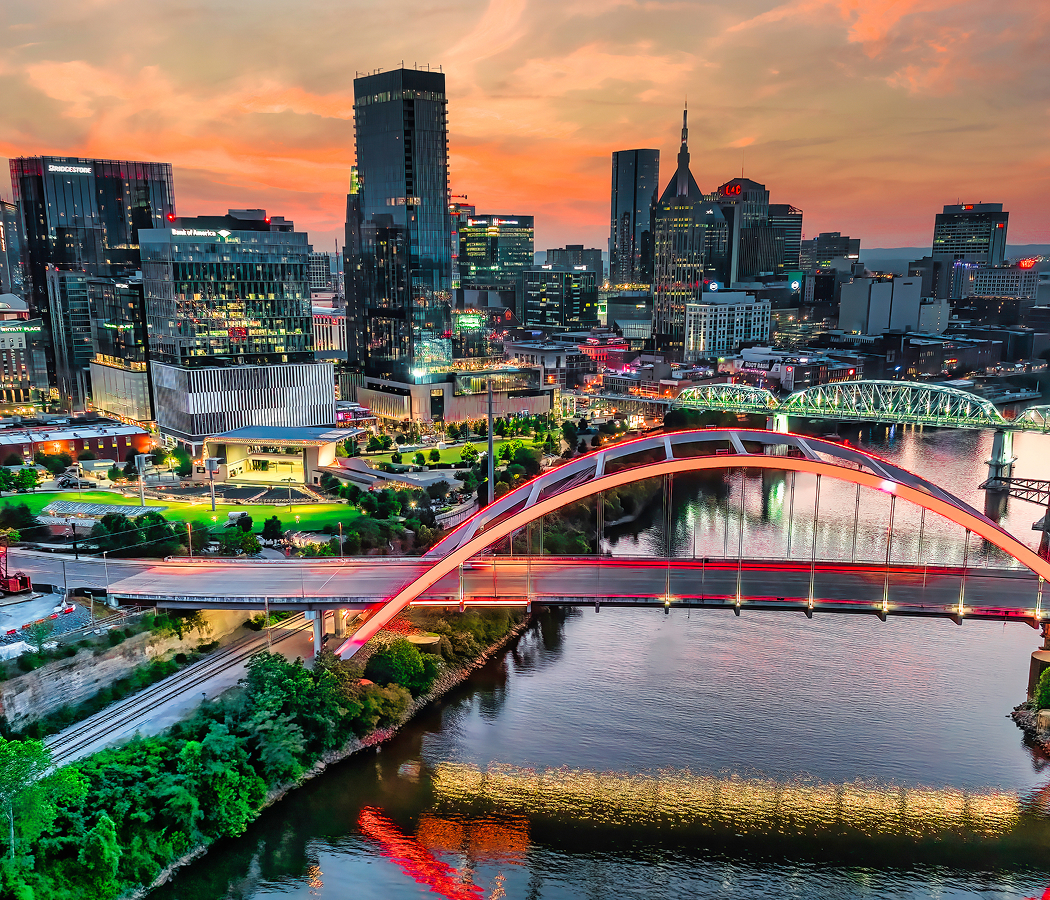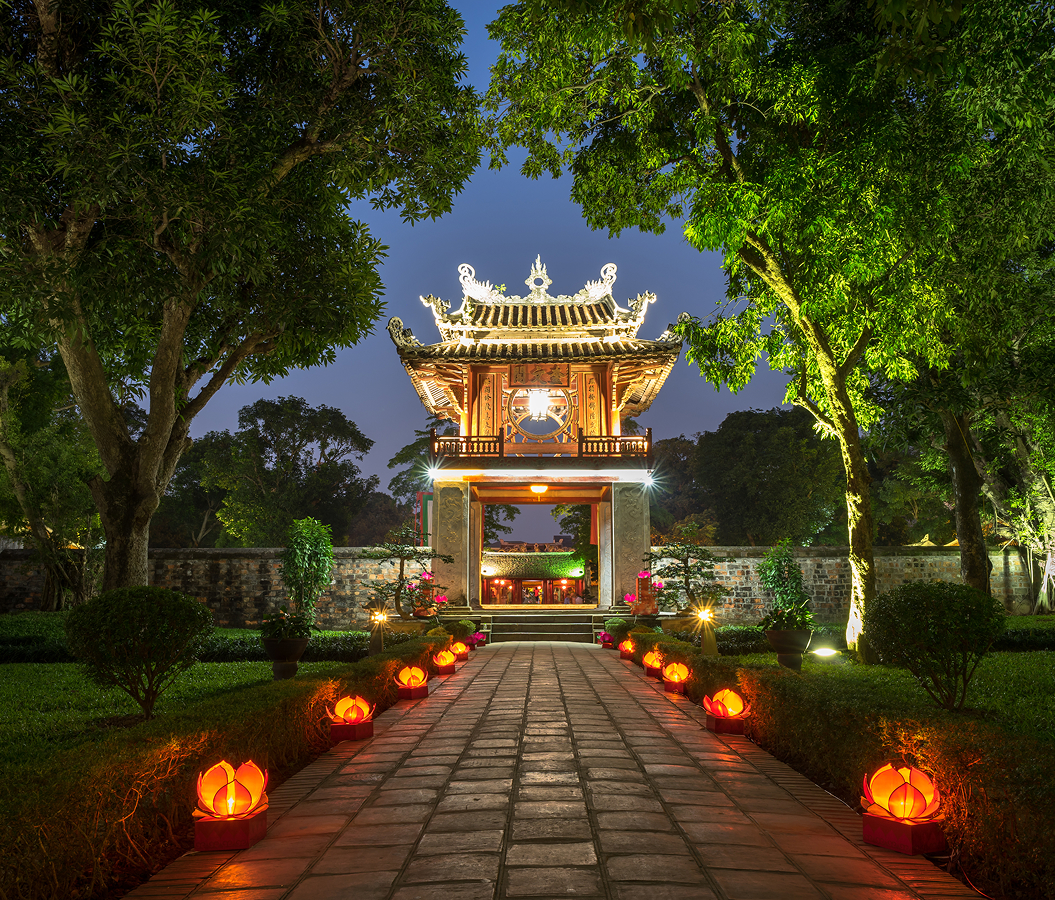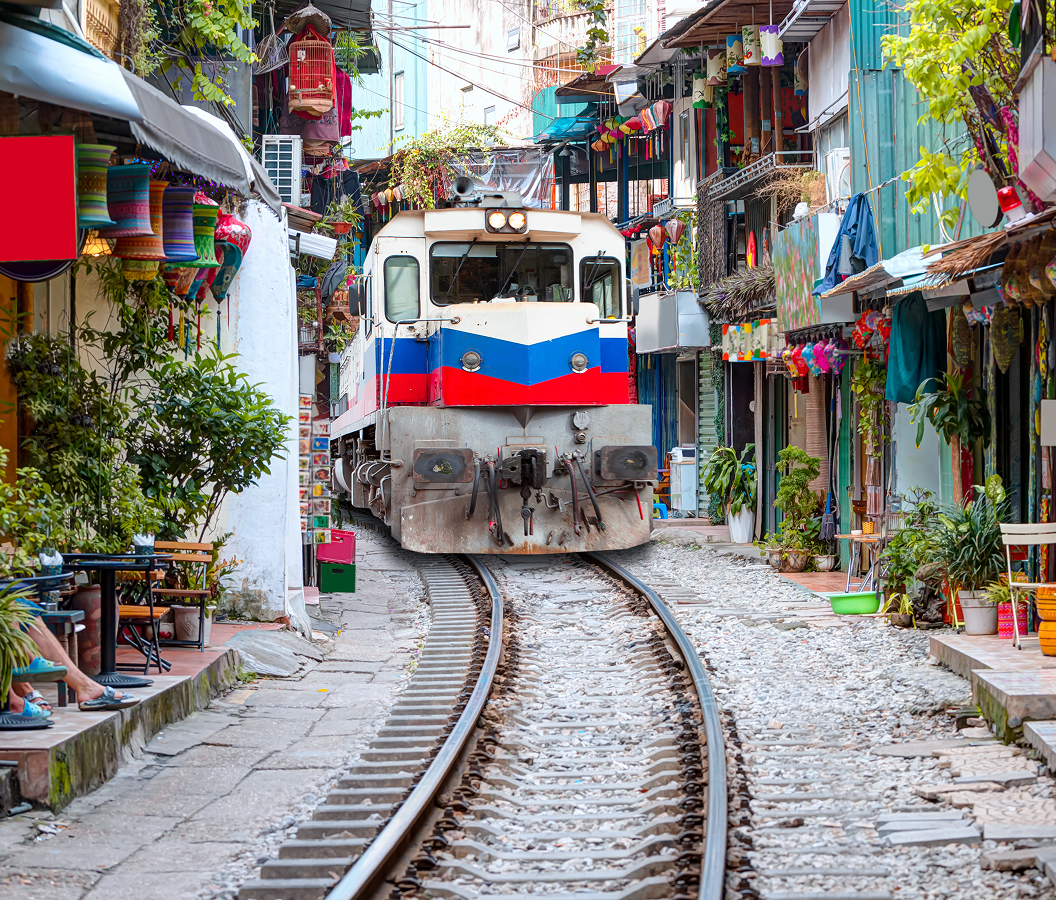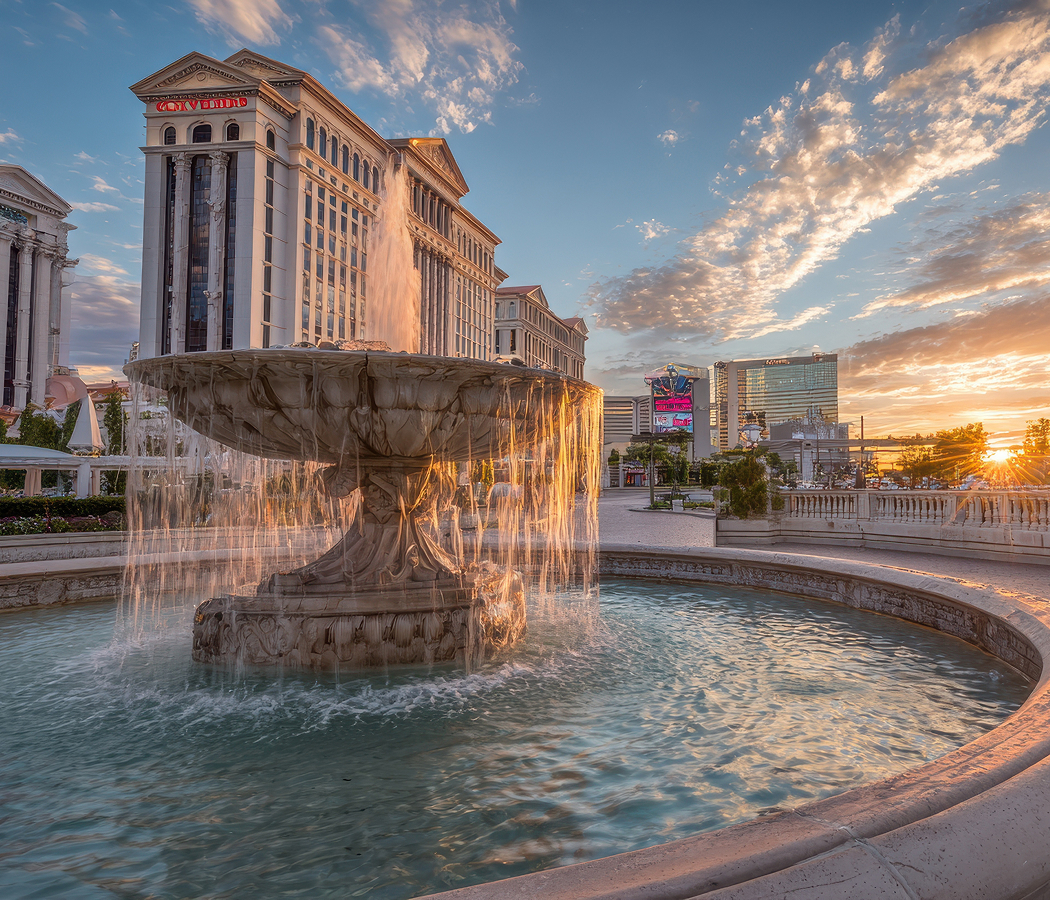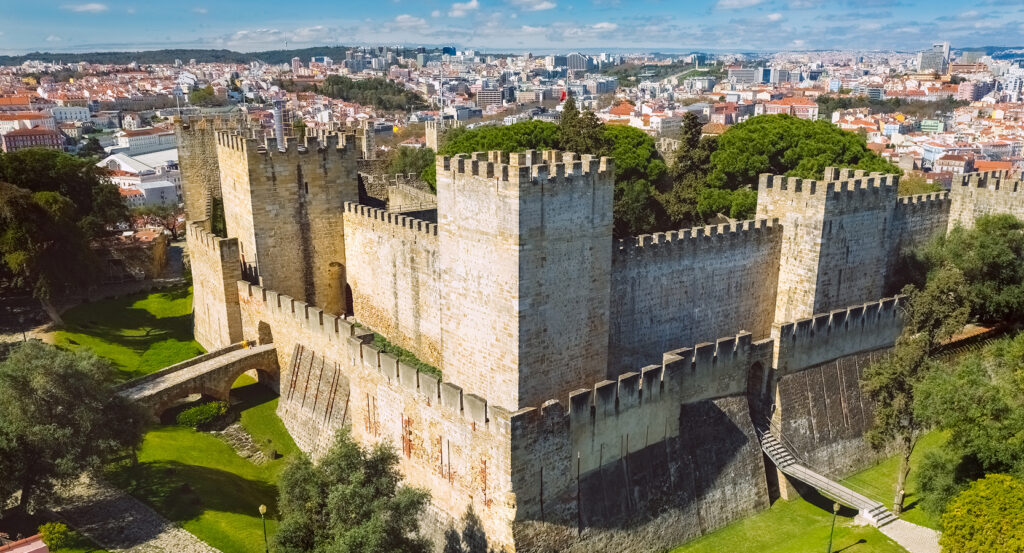
Why you should experience Castelo de São Jorge (São Jorge Castle) in Lisbon.
Castelo de São Jorge isn’t just Lisbon’s crown — it’s the city’s guardian, a fortress where history and horizon meet in breathtaking harmony.
Perched high above the Alfama district, the castle’s golden walls rise from the hilltop like a watchful sentinel, visible from nearly every corner of Lisbon. To step through its ancient gates is to step back nearly a thousand years, into an era when kings, conquerors, and crusaders shaped the destiny of Portugal. The air feels charged — part sea breeze, part legend. Beneath your feet, cobblestones worn smooth by centuries lead you through courtyards shaded by olive trees and ramparts that open onto panoramic views of the city and the Tagus River below. The castle’s watchtowers once guarded the city from invaders, but today they watch over terracotta rooftops, cathedral spires, and the rhythm of modern life unfolding far below. As the sun begins to set, the limestone walls glow amber, and Lisbon’s pastel skyline blurs into gold — a view so timeless it feels like the city itself is exhaling. São Jorge Castle isn’t merely a monument; it’s a living memory of Lisbon’s endurance, strength, and enduring grace.
What you didn’t know about Castelo de São Jorge.
Behind its stoic walls lies a history as layered and resilient as Lisbon itself.
Long before Portugal was a kingdom, the site served as a defensive stronghold for the Celts, Phoenicians, and Romans. The Moors, who ruled the Iberian Peninsula from the 8th to the 12th century, fortified it further — transforming it into a royal residence and naming it after St. George, the dragon-slaying patron saint of knights and soldiers. In 1147, Afonso Henriques, Portugal’s first king, captured the castle during the Christian Reconquista, an event that marked the birth of the Portuguese nation. For centuries thereafter, São Jorge Castle stood as the heart of royal power, hosting coronations, feasts, and diplomatic councils within its stone halls. The earthquake of 1755 left much of Lisbon in ruins, but the castle endured — though it slowly fell into disrepair as the monarchy shifted to more opulent quarters. What remains today is both ruin and revelation: a blend of restored towers, archaeological remnants, and echoes of lost splendor. Excavations within the complex have unearthed Moorish cisterns, medieval kitchens, and even traces of ancient Roman structures, each layer a chapter in Lisbon’s vast story. One lesser-known treasure lies within the Câmara Escura — a periscope that projects real-time panoramic views of Lisbon onto a curved screen using mirrors and lenses. This modern marvel, housed in an ancient tower, perfectly captures what the castle represents — a dialogue between past and present, history and imagination.
How to fold Castelo de São Jorge into your trip.
Visiting São Jorge Castle is as much about the journey there as the view from the top.
Begin your ascent through the winding alleys of Alfama, where every turn offers glimpses of tiled facades, flower-draped balconies, and the distant shimmer of the Tagus River. Arrive early to avoid the afternoon crowds and to see the castle bathed in the soft light of morning. As you step inside, wander slowly through the tranquil courtyards where peacocks strut freely — proud, iridescent reminders of the castle’s regal past. Climb the ramparts and pause at each lookout point, from which you can trace Lisbon’s entire story — from the red roofs of Baixa to the 25 de Abril Bridge stretching like a ribbon across the river. Don’t rush; let the breeze, the birdsong, and the echo of ancient footsteps set your pace. Visit the small museum within the complex to see artifacts unearthed from centuries of occupation, from Moorish pottery to medieval coins. For a touch of wonder, step into the Câmara Escura inside the Torre de Ulisses and watch the city come alive in real-time beneath your feet. As evening approaches, linger until sunset — when the sky turns rose and gold, and Lisbon glows as if on fire. Then descend slowly back into Alfama, following the sound of distant fado rising through the twilight. Castelo de São Jorge isn’t just a viewpoint; it’s Lisbon’s living summit — a place where every stone remembers, and every visitor leaves a little more connected to the city’s soul.
Hear it from the Foresyte community.
“Standing on top of the city feels like you’re in a history movie. The rooftops look painted, sunset feels fake, it’s the real deal.”
Where meaningful travel begins.
Start your journey with Foresyte, where the planning is part of the magic.
Discover the experiences that matter most.


